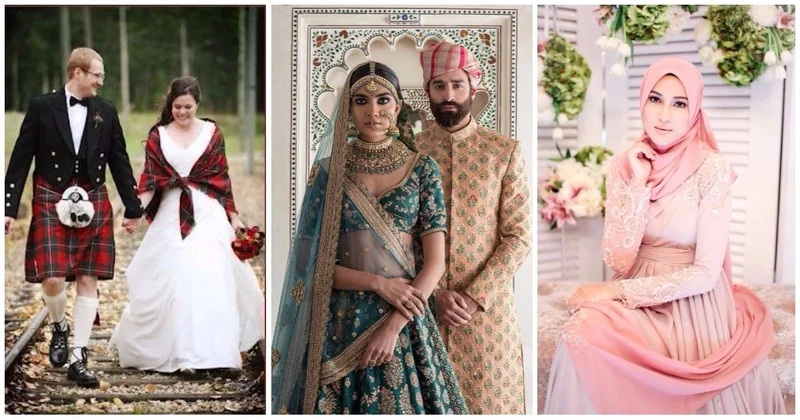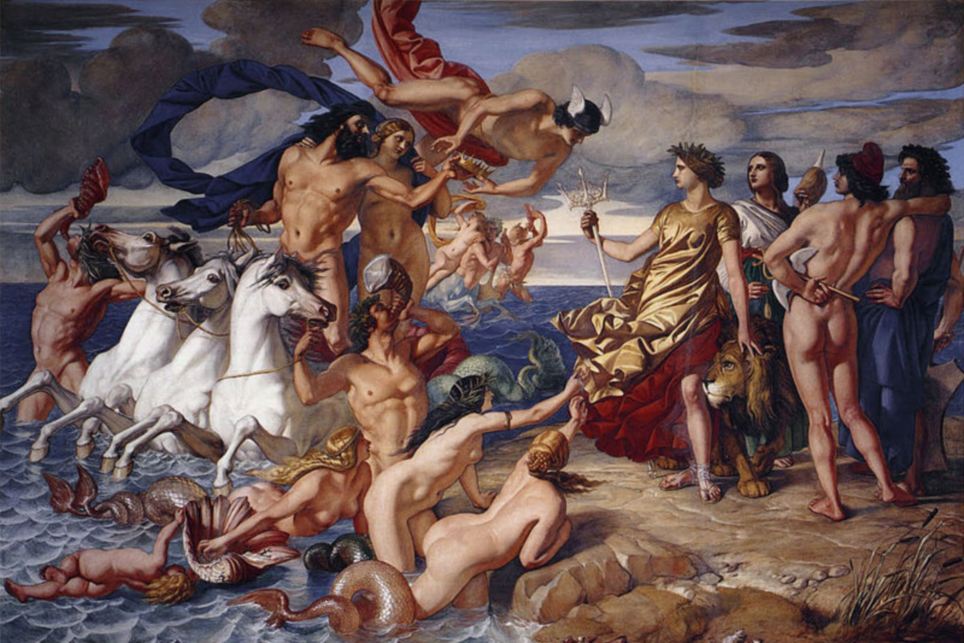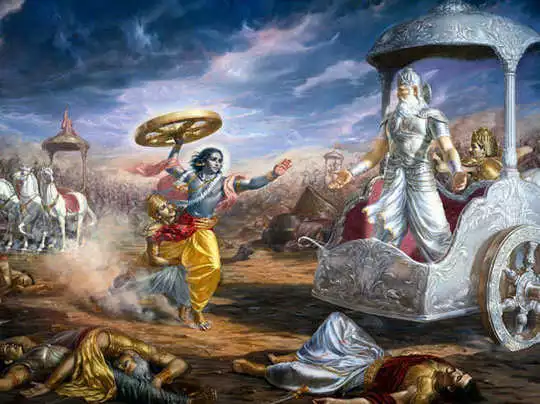Introduction : Weddings are joyous occasions celebrated worldwide, representing the union of two souls in love. While each wedding is unique, traditional ceremonies hold a special place in preserving cultural heritage and customs. From vibrant attire to symbolic rituals, traditional weddings encapsulate the essence of a community’s traditions and values. In this article, we embark on a journey across continents to explore traditional weddings around the world, marveling at the diversity and beauty of these cherished ceremonies.
I. Africa: Unity in Diversity – Africa, a continent known for its rich cultural tapestry, showcases an array of traditional wedding customs. From the vibrant Zulu weddings of South Africa, characterized by exuberant dancing and ancestral rituals, to the elaborate henna designs and traditional attire of Moroccan weddings, Africa’s weddings are a celebration of unity, love, and heritage. The Maasai weddings in Kenya and Tanzania symbolize the union of two families, with ceremonial dances and the exchange of dowry playing a significant role. Traditional African weddings often feature colorful fabric, intricate jewelry, and communal feasting, all reflecting the deep-rooted traditions and values of each unique culture.
II. Asia: Customs and Symbolism – Asia, with its diverse cultures and ancient traditions, boasts an array of fascinating traditional wedding ceremonies. In India, weddings are grand affairs filled with elaborate rituals, such as the vibrant Mehndi ceremony, where intricate henna designs are applied to the bride’s hands and feet. The Chinese tea ceremony is a customary ritual in which the couple pays respect to their elders, while the Japanese Shinto weddings blend spiritual beliefs with elegant simplicity. Thai weddings often involve a water-pouring ritual symbolizing the couple’s union, and Korean weddings feature the colorful Hanbok attire and the Paebeak ceremony, where the groom offers a wild goose to his future mother-in-law.
III. Europe: Romance and Tradition – Europe’s traditional weddings exude a sense of romance and elegance, weaving together centuries-old customs with modern celebrations. In Greece, the “koumbaro” or best man plays a central role, assisting the couple throughout the ceremony, while in Scotland, the bride wears a tartan sash symbolizing her clan. The timeless charm of Italian weddings is embodied in the tossing of rice or confetti, showering the newlyweds with good luck and prosperity. The fairytale-like weddings in England are known for their white gowns, exchanging of vows, and the symbolic cutting of the cake. From the stunning landscapes of Ireland to the romantic ambiance of France, traditional European weddings capture the essence of love and culture.
IV. Americas : From Aztec Rituals to Caribbean Festivities – The Americas encompass a vast range of traditional wedding customs, influenced by indigenous cultures, colonization, and immigration. In Mexico, the vibrant Aztec rituals blend with Catholic traditions, while in Brazil, the “casamento caipira” brings a touch of countryside flair to the celebration. Caribbean weddings showcase a fusion of African, European, and indigenous influences, with lively music, dancing, and colorful attire. Native American weddings pay homage to tribal customs, featuring sacred rituals, storytelling, and the exchange of symbolic gifts. Traditional weddings in the United States often reflect the diversity of the population, with couples incorporating customs from their respective cultural backgrounds.
Conclusion : Traditional weddings around the world provide a glimpse into the deep-rooted customs and values that have been passed down through generations. These ceremonies not only celebrate love and commitment but also serve as a means to preserve cultural heritage and foster a sense of community.
![]()





